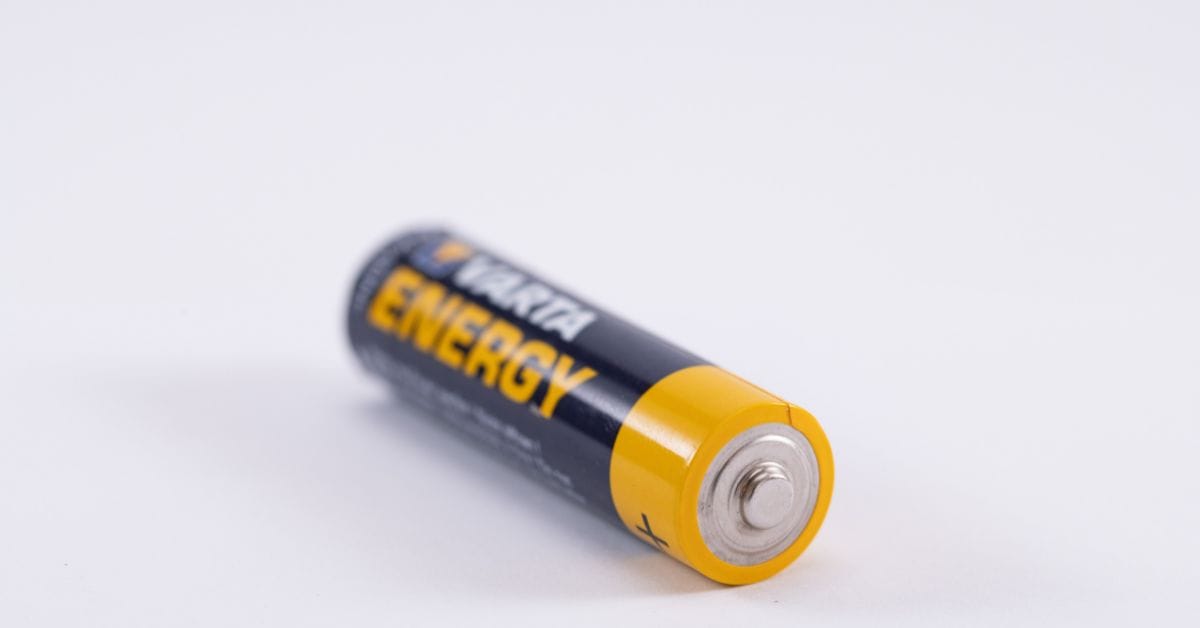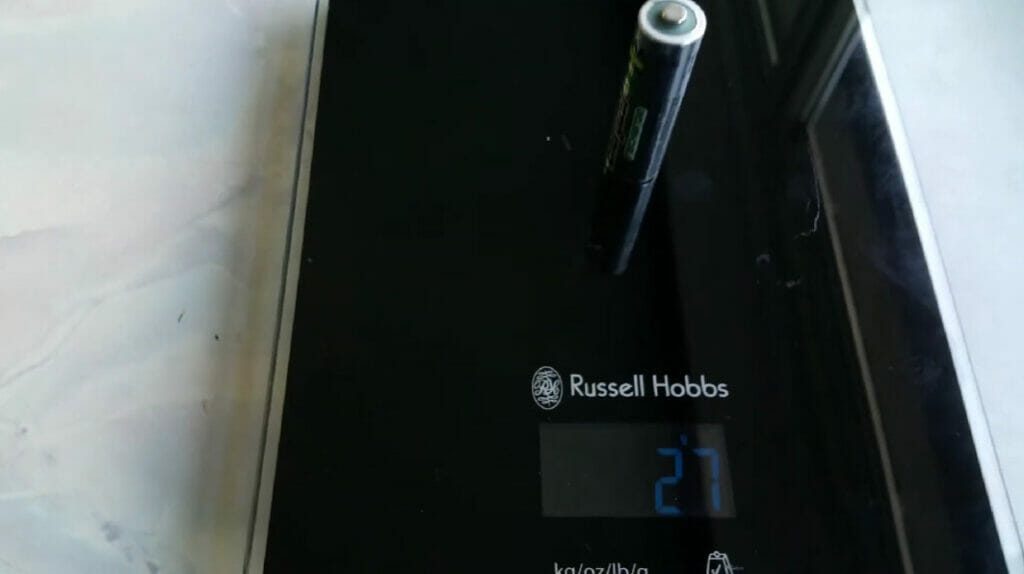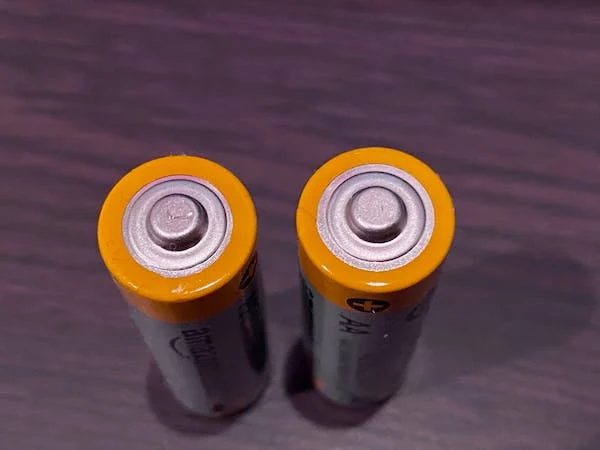How Much Does AA Battery Weigh? (Weight Breakdown & Types)

I’ve been using AA batteries for as long as I can remember, powering everything from my trusty flashlight to those essential household gadgets.
And something that always gets me thinking is how much these little guys weigh. Turns out, it’s not a one-size-fits-all deal.
Alkaline ones are popular, typically weighing around 23 grams or 0.81 ounces–reliable and great for daily use. Lithium AA batteries are the lighter option at about 15 grams or 0.53 ounces, ideal for when I need to pack light. Then there are the rechargeable Ni-MH batteries, the heftier bunch at approximately 31 grams or 1.1 ounces each.
In this article, I’m delving deeper into the nuances of AA batteries, those small components integral to many aspects of our daily lives. There’s more to these batteries than meets the eye, especially regarding their weight and how it affects their use.
Comparative Analysis of AA Batteries

Let’s dive right into the world of AA batteries. I’ve used many of these in various projects, from remote controls to nifty DIY stuff.
Through my experiences, I’ve noticed how different batteries can change the game. So, I’ve compiled a table comparing different AA battery types.
We’re looking at their weight, lifespan, cost, and efficiency. Trust me, these factors can make a big difference in your choice!
| Battery Type | Weight | Lifespan | Cost (approx.) | Efficiency |
|---|---|---|---|---|
| Alkaline | ~23g | 2-4 years | $0.50 per battery | Good for high-drain devices, stable |
| Lithium | ~15g | 5-10 years | $1.50 per battery | Excellent for extreme temperatures, longer life |
| Ni-MH (Rechargeable) | ~31g | 500-1000 charge cycles | $2.50 per battery | Best for frequent use, cost-effective in the long run |
Remember, the right battery not only saves you money but can also enhance the performance of your devices. So, choose wisely!
AA Batteries vs. Their Cousins: AAA, C, and D
Let’s talk about something I’ve noticed while juggling various projects: how AA batteries stack up against other sizes like AAA, C, and D.
Understanding these differences is crucial, especially when choosing the right battery.
AA vs. AAA: The Lightweight Matchup
We are starting with the most common comparison – AA and AAA. AA batteries are like the standard workhorse. They’re perfect for devices like remote controls and wall clocks.
They typically weigh around 23 grams, depending on the type. On the flip side, AAA batteries are the smaller siblings. They’re lighter, usually weighing about half as much as AAs.
I use them for compact devices, like TV remotes or small flashlights. While AAA’s might not last as long due to their smaller size, they’re ideal when space and weight are at a premium.
Stepping Up to C and D
Things get more interesting when we move up to C and D batteries. C batteries are bulkier and heavier than AA batteries, making them suited for more power-hungry devices. I often use them in kids’ toys or portable radios. They pack more punch but aren’t as common as AA or AAA.
D batteries are the heavyweights. You’ll find these in high-drain devices like boomboxes or emergency lanterns. They’re significantly heavier and larger than AAs – a single D battery can weigh as much as a handful of AA batteries.
The upside? They last much longer, making them ideal for situations where you need prolonged power and don’t mind the extra weight.
Efficiency and Usage
In terms of efficiency, AAs are a great middle ground. They offer a good balance between size, weight, and power output. But remember, stepping up to a C or D might be a better call for devices that drain power quickly or need to run longer. It’s all about matching the battery to the device’s needs.
So, there you have it – a quick rundown on how AA batteries compare with AAA, C, and D sizes. Each has its niche, depending on your device’s weight, size, and power requirements. Keep these differences in mind next time you’re powering up!
Why Battery Weight Counts

Let’s chat about something I’ve learned from all my years using AA batteries in various projects: the weight of these batteries is a big deal. You might think, “It’s just a battery; how much can it weigh?” But trust me, every gram counts. Here’s why:
Portability: Lighter is Better
Every ounce in your backpack or tool kit matters when you’re on the move. I’ve been in situations, like camping or on a building site, where I needed batteries.
If you’re lugging around the heavier ones, you’ll feel it. I always lean towards the lighter AA batteries. They make life a lot easier when you’re on the go.
Power Output: A Weighty Consideration
Here’s something interesting – the weight of a battery can clue you in on its power output. Generally, the heavier ones pack more punch and last longer. But it’s not a hard and fast rule.
I’ve found that it’s crucial to pick the right battery for your specific device. It’s all about finding that balance between weight and performance.
Environmental Impact: Every Gram Adds Up
The weight of batteries also has a bigger impact on our environment. Heavier batteries mean more materials and more resources to make and transport them.
That’s a bigger carbon footprint right there. And let’s not forget recycling – heavier batteries can be tougher to process. I try to choose lighter batteries when I can. It’s a small step, but it helps reduce our environmental impact.
Next time you’re picking out batteries, consider their weight. It’s a small detail that can make a big difference. Stay powered up and eco-friendly!
Choosing the Right Battery: Practical Tips for Everyday Use
Let’s dive into some practical advice I’ve picked up over the years about choosing the right battery for your devices and ensuring you get the most out of them. Trust me, a little know-how goes a long way in keeping your gadgets running smoothly.
Matching the Battery to the Device
First things first, always check what the manufacturer recommends. It might seem obvious, but it’s easy to overlook. If your device says it needs AA batteries, stick with that.
And pay attention to whether it recommends alkaline, lithium, or Ni-MH rechargeable batteries. For instance, high-drain devices like digital cameras work best with lithium batteries for longer life, while your TV remote will be just fine with standard alkaline AAs.
Understanding Your Device’s Needs
Think about how you use the device. If you use it constantly and go through batteries like nobody’s business, consider rechargeable Ni-MH batteries. They’re a bit heavier and pricier upfront, but they’ll save you money (and hassle) in the long run. For gadgets used less frequently, like emergency flashlights, go for lithium batteries for their longer shelf life.
Maximizing Battery Life
To get the most out of your batteries, here are a few quick tips:
- Turn off devices when not in use: It sounds simple, but it is easy to forget. Turning off your gadgets can extend battery life significantly.
- Store batteries properly: Keep them in a cool, dry place. Extreme temperatures, especially heat, can drain battery life.
- Don’t mix old and new batteries: Mixing can lead to leakage or reduced efficiency. Always replace all batteries at the same time.
- Recharge wisely: For rechargeable batteries, don’t wait until they’re completely dead to recharge them. But also, don’t overcharge – it can reduce their lifespan.
- Recycle used batteries: Not only is it good for the environment, but some devices can be sensitive to the slight variations in recycled batteries, affecting performance.
Remember, understanding your device’s needs and how you use it is key. Remember these tips, and you’ll power your gadgets more effectively in no time! Stay charged, everyone!
Frequently Asked Questions
- Can I Mix Different Types of AA Batteries in a Device?
- It’s not a good idea to mix battery types. Different batteries have varying voltages and discharge rates, which can lead to reduced performance or even damage your device. Stick to one type for each device.
- Do AA Batteries Lose Charge When Not in Use?
- Yes, all batteries, including AA, will lose charge over time when not in use. This discharge rate varies depending on the battery type. Lithium batteries have a lower self-discharge rate compared to alkaline and Ni-MH batteries.
- Is It Safe to Charge Non-Rechargeable AA Batteries?
- Never attempt to recharge non-rechargeable AA batteries. Doing so can cause leakage or even explosion. If you need batteries you can recharge, opt for Ni-MH AA batteries designed for that purpose.
- What Should I Do If a Battery Leaks Inside a Device?
- If a battery leaks in your device, remove the batteries carefully, using gloves if possible. Clean the battery compartment with a mild acid like vinegar or lemon juice. If the device is damaged, it might need professional repair.
- How Can I Maximize the Shelf Life of My AA Batteries?
- Store your AA batteries in their original packaging in a cool, dry place to maximize shelf life. Avoid exposing them to high temperatures and moisture, as these conditions can reduce their lifespan.
References
Organizations:
- International Electrotechnical Commission (IEC). https://www.iec.ch/
- Battery Council International (BCI). https://batterycouncil.org/
Books:
- “Battery Power Management for Portable Devices” by Yevgen Barsukov and Gregory L. Charvat. https://docshare.tips/53183297-chemical-engineering-resources_58508813b6d87fcf188b5678.html
- “The Battery: How Portable Power Sparked a Technological Revolution” by Henry Schlesinger. https://www.abebooks.com/9780061442933/Battery-Portable-Power-Sparked-Technological-0061442933/plp
Website Resources:
- Battery University. https://batteryuniversity.com/
- Energy.gov – Office of Energy Efficiency & Renewable Energy. https://www.energy.gov/eere/office-energy-efficiency-renewable-energy
Video References:
DIY Alam
